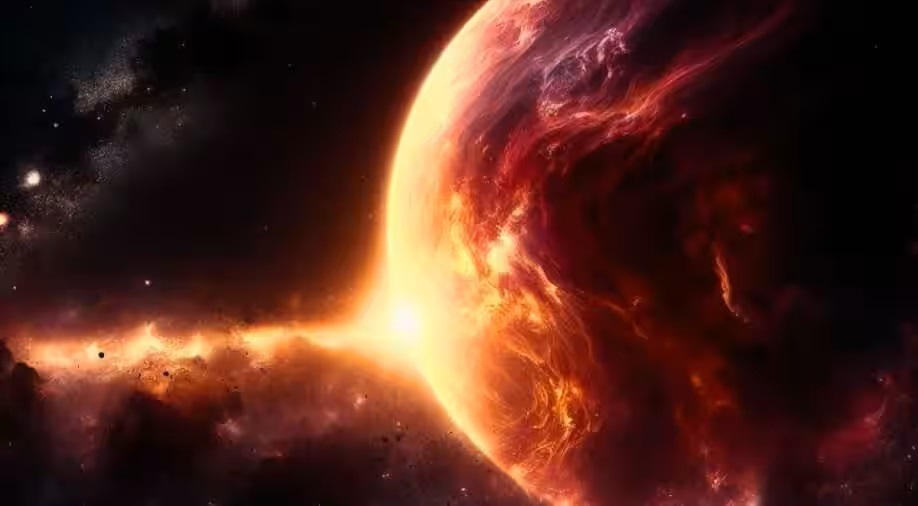Through examining this white dwarf, scientists have learned important details about how the once-hot star died as well as glimpses into what our solar system might look like in about five billion years.
The energy source for all life on Earth is the Sun. All aspects of life, including the climate, seasons, weather, and ocean currents, are dependent on stars. If the star that gives our planet so much life died, what would happen?
For the first time, researchers have examined a white dwarf, a star similar to our sun that has run out of nuclear fuel or hydrogen.
According to National Geographic, our sun is merely one of roughly 100 billion stars in the Milky Way, our galaxy.
Scientists examined the star remnants at the center of a cloud of gas, dust, and debris known as a planetary nebula.
It is situated in the open star cluster Messier 37, some 4,500 light years from Earth. Utilizing Gran Telescopio Canarias on La Palma Island in the Canary Islands, astronomers examined the galaxy’s cemetery, which contained a number of deceased stars.
Scientists have learned important lessons from studying this white dwarf, including how the once-red-hot star died and what our solar system might look like in about five billion years.
From sun to white dwarf
According to space.com, a dying sun gradually swells into a red giant after running out of fuel essential to its nuclear fusion processes. The inner planets are subsequently swallowed by the puffed-out outer layers; Earth is an inner planet to the Milky Way’s sun.
Subsequently, the star’s outer layer of stellar material expands and cools, transforming the sun into a planetary nebula before its core eventually fades into a white dwarf.
“A star’s nuclear fuel is consumed more quickly by fusing hydrogen into helium the more massive it is. Thus, it has a shorter lifespan and becomes a white dwarf more quickly,” explained Klaus Werner, the study’s lead investigator and a University of Tübingen professor, in a release.
Based on estimates, the star they analyzed had a mass equal to 2.8 solar masses. Approximately 85% of the mass of the Earth’s sun remains now; the remaining 70% was lost during the planet’s lifespan.



